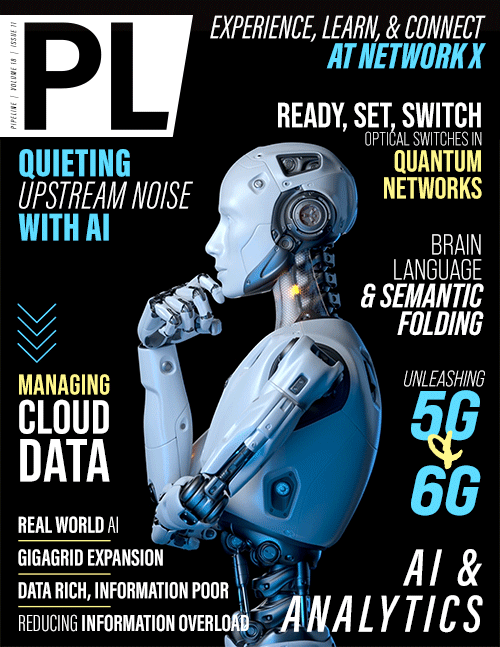AI in the Real World
recommendations that can preclude subsequent failures or the need for expensive repairs that lead to lost revenue—for example, from a turbine bearing that’s not rotating smoothly or a solar panel that’s not generating electricity. In as much as renewable energy assets already suffer somewhat from the generation intermittency that comes from the sun not shining or the wind not blowing, it is incumbent on operators to keep these assets operating as reliably as possible when external conditions are favorable.
Maritime fleet management
and optimization
Oil and liquified natural gas (LNG) tankers, along with container ships and other large maritime vessels, comprise an immense and expensive collection of assets that are in motion 24/7 around the globe. The challenge of optimizing the operation and maintenance of these fleets cannot be overstated—for, unlike a factory floor, these assets are only rarely in a location where significant maintenance and repair can take place. Reliable operation is thus paramount for operators, particularly given their frequent exposure to not only maintenance and repair issues but also exogenous events like weather and geopolitics.
AI can not only deliver real value on the operation and maintenance side of the maritime equation, much like it does for other industries, but it can also enhance planning and scheduling operations by optimizing routing, fuel usage, and other day-to-day activities that have historically relied on the expertise of ship captains and crew members.
Putting AI to work
Artificial intelligence has made tremendous strides since the humble beginnings of the 1956 Dartmouth conference. It has endured numerous highs and lows in investment and R&D focus. And it has suffered for some of its more hyperbolic predictions over the years. But there is no denying that the field has come into its own in the past 20 years and has benefitted immensely from the leaps in processing power and data collection that are now the norm in all industries.
Companies can no longer plausibly hide behind tales of past hype or unrealized value. The applications are here today, and they are delivering results in every facet of operations from asset maintenance and surveillance to applicant screening and financial management. It is incumbent on business operators to identify the areas of greatest opportunity in their organizations and to put AI to work—generating economic value, protecting worker safety, and driving environmental sustainability.





















